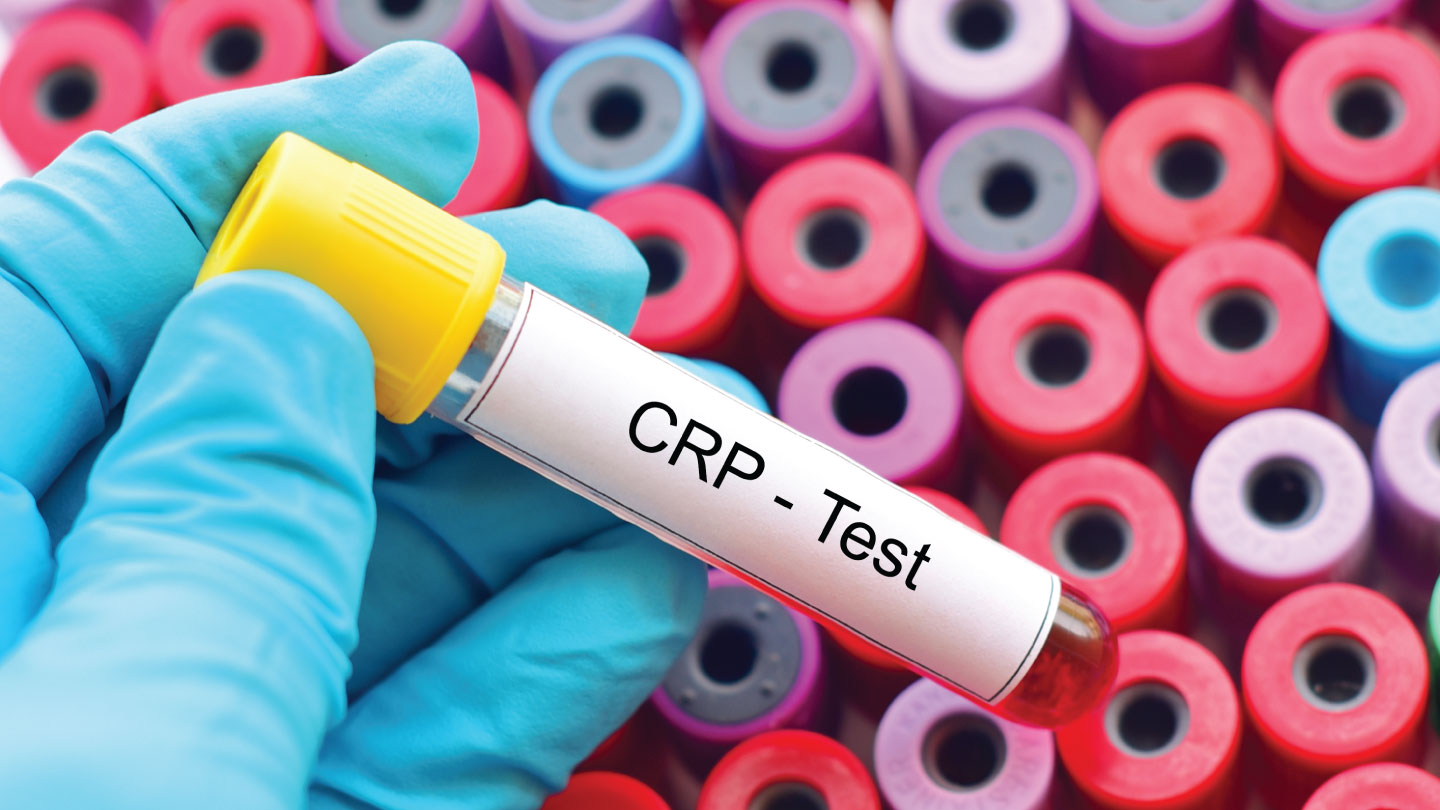Medical
11 Blood Tests That Detect Hidden Inflammation
Many types of inflammation aren’t obvious on the surface. Learn which blood tests can reveal it and how to understand the numbers.

Inflammation is not always obvious, like a red, swollen joint or a fever. It is simmering within the body, slowly bolstering our risk for conditions like heart disease, diabetes and autoimmune disorders. Blood tests are usually how doctors detect trouble first. They serve as windows into the body’s internal systems, alerting clinicians to when something is wrong.
Related story: Tips to Stay Active and Injury-Free
The Classic Markers: ESR and CRP
Erythrocyte Sedimentation Rate (ESR): ESR refers to the speed your red blood cells fall to the bottom of the test tube. When inflammation occurs, proteins in your blood cause these cells to stick to each other and settle more quickly. It’s not a specific test for any particular disease, but the ESR has been employed for more than a century to follow conditions such as rheumatoid arthritis, temporal arteritis and lupus.
C-Reactive Protein (CRP): CRP is secreted by the liver in response to inflammation. In contrast to ESR, CRP increases and decreases rapidly and is therefore a better measure of the acute changes. Doctors frequently test for high-sensitivity C-reactive protein (hs-CRP) to monitor low-grade inflammation, which can be an early indicator of heart disease. Levels higher than 3 mg/L should ideally lead to more inquiry about cardiovascular risk factors.
Interpreting Both Together: ESR and CRP are often used in combination because they tell slightly different parts of the story. A high CRP with normal ESR could point to a recent infection or tissue injury, whereas a high ESR with normal CRP often appears in older adults or some autoimmune conditions. Taken together with other tests and clinical observations, they provide a clearer picture.
Related story: Tiny Warnings That Doctors Never Ignore
Additional Inflammatory Markers
While ESR and CRP are commonly ordered, several other markers can offer more detailed insights:
- Procalcitonin (PCT) rises sharply during bacterial infections and sepsis. Doctors sometimes use it to decide when antibiotics are necessary (Clinical Infectious Diseases, 2019).
- Ferritin is not only an iron storage protein but also increases during inflammation. Persistently high ferritin levels may indicate chronic inflammatory conditions (Current Opinion in Infectious Diseases, 2019).
- Fibrinogen helps your blood clot, but it also rises during systemic inflammation. High fibrinogen levels are linked to an increased risk of cardiovascular disease (European Heart Journal).
- Plasma Viscosity measures the thickness of your plasma. It’s less common than ESR but can be used in certain conditions to gauge inflammation (Patient Info, 2023).
- Cytokine panels and Interleukin-6 (IL-6) tests measure signalling molecules that orchestrate inflammation. These are usually reserved for more complex or severe cases, such as autoimmune disease or severe infections (Nature Reviews Immunology, 2021).
- The Multi-Biomarker Disease Activity (MBDA) Score combines several markers to track rheumatoid arthritis activity, giving a numerical score that can help guide treatment decisions (Arthritis Foundation, 2023).
Related story: 6 Blood Tests That May Save Your Life
Routine Blood Tests That Provide Clues
Even standard tests can hint at inflammation:
- Complete Blood Count (CBC): White blood cells, platelets, and haemoglobin levels can suggest infection or systemic inflammation.
- Autoimmune Panels: Tests like ANA, rheumatoid factor, or anti-CCP don’t directly measure inflammation, but they identify conditions that cause it.
- Metabolic Markers: High blood sugar, abnormal lipid levels, or elevated uric acid can signal underlying chronic inflammation, often associated with metabolic syndrome.
Related story: 11 Health Tests To Book Now For A Healthier Year Ahead
How to Interpret Results
One important point: no single test can give a definitive answer. Doctors always interpret results in context, looking at symptoms, history, and other investigations. For example:
- A high CRP combined with high ferritin might indicate infection or an inflammatory flare.
- A high ESR with normal CRP is common in older adults without acute illness.
- Persistently elevated hs-CRP in an otherwise healthy person could suggest increased cardiovascular risk, prompting lifestyle or treatment changes.
Understanding this can prevent unnecessary worry over a single abnormal value.
Related story: Ankle injury: How To Recover Safely
Emerging Technology
Recent research has explored wearable devices that can monitor inflammation markers like CRP in real time. These devices use tiny microneedles to sample interstitial fluid and provide results quickly, similar to a continuous glucose monitor. While not widely available yet, they represent a glimpse of the future of personalised health monitoring.
Key Takeaways
- ESR and CRP remain the foundation for detecting inflammation.
- Additional markers like ferritin, fibrinogen, procalcitonin, and IL-6 provide more nuanced information in specific conditions.
- Numbers aren’t everything: results must be interpreted alongside symptoms, medical history, and other tests.
- Technology is advancing: wearable sensors may soon allow continuous inflammation tracking.
Related story: How To Reduce Inflammation In The Body
Inflammation may be invisible, but it doesn’t have to be ignored. With the right tests and careful interpretation, you can catch silent warning signs early, take informed steps, and stay ahead of conditions that could affect your long-term health. Your blood tells a story; learning to read it is one of the smartest ways to care for your body.
Take care of your body and mind to feel your best. Sign up here to unlock holistic health.
EXPLORE MORE
A sprain isn’t “just a sprain.” Here’s what your ankles wish you knew.
Your body whispers before it screams. Here are the early heart disease warning signs most people overlook until it’s too late.
Baldness isn’t just about ageing; it’s a complex condition influenced by biology, habits, and health. Understanding it is the first step toward managing it.
Breast cancer before 40 is rare, but not impossible. Know these warning signs so you can spot them well in time.







.jpg)


